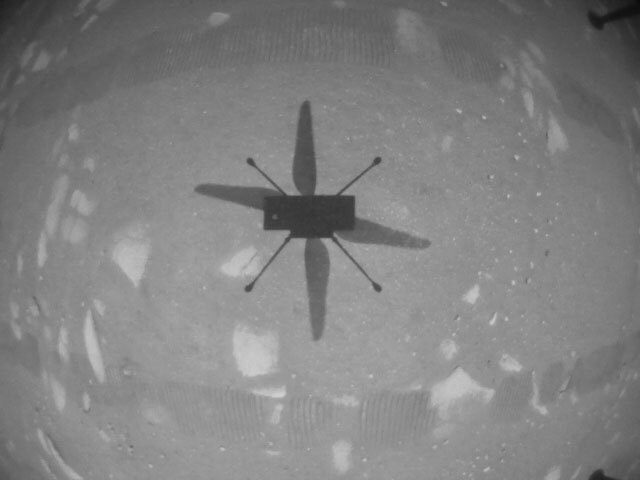
After much anticipation, NASA’s first-ever Mars helicopter, Ingenuity, has successfully completed its first test flight, which took place on Monday, April 19 at approximately 3:34 a.m. EDT (12:34 a.m. PDT). The communications data confirming the flight was received in the Space Flight Operations Facility at NASA’s Jet Propulsion Laboratory (JPL) at 6:46 a.m. EDT (3:46 a.m. PDT).
The NASA livestream covering the test flight began at 6:15 a.m. EDT (3:15 a.m. PDT).
A postflight briefing was then held at 2 p.m. EDT (11 a.m. PDT).
“Ingenuity is the latest in a long and storied tradition of NASA projects achieving a space exploration goal once thought impossible,” said acting NASA Administrator Steve Jurczyk. “The X-15 was a pathfinder for the space shuttle. Mars Pathfinder and its Sojourner rover did the same for three generations of Mars rovers. We don’t know exactly where Ingenuity will lead us, but today’s results indicate the sky – at least on Mars – may not be the limit.”
According to the altimeter data, Ingenuity ascended to its maximum altitude of 10 feet (3 meters) and maintained a stable hover for 30 seconds, as planned. It then descended again, after remaining aloft for 39.1 seconds.
See the full video below!
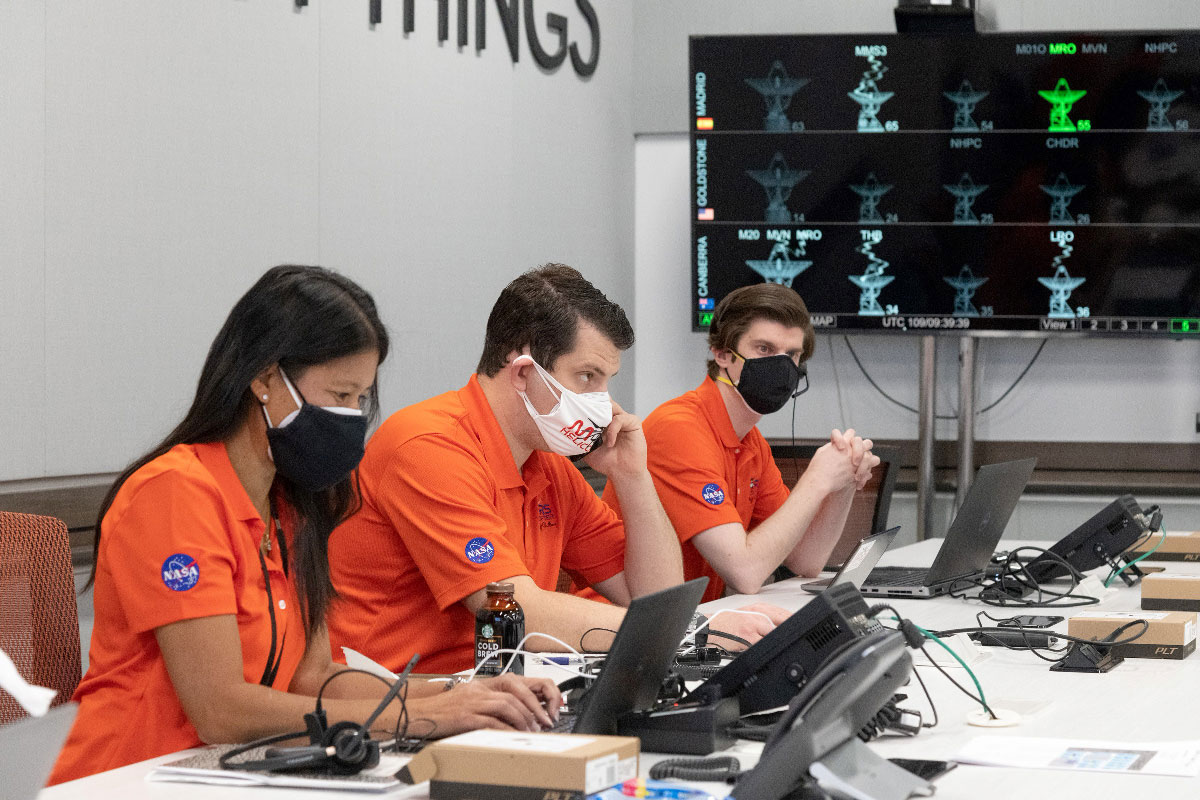
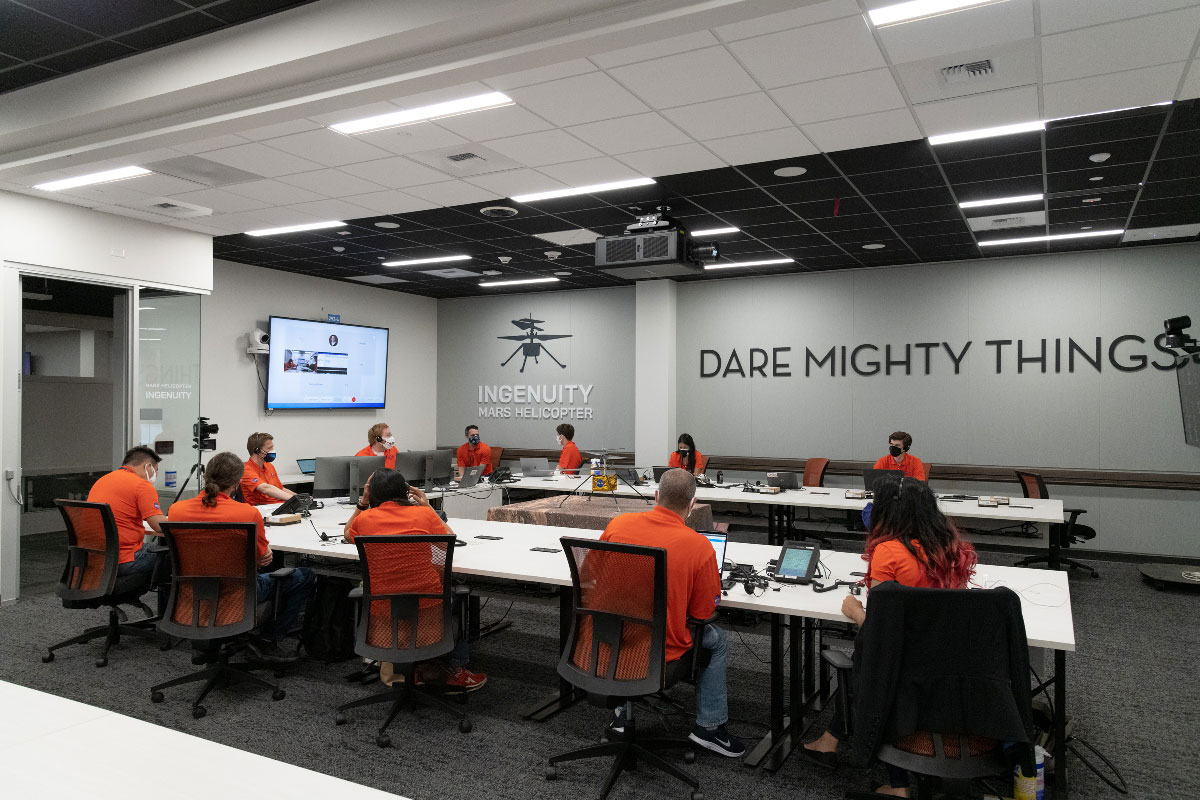
The Martian “airfield” that Ingenuity used for its test flight has also now been named after the Wright Brothers, as announced by NASA Associate Administrator for Science Thomas Zurbuchen:
“Now, 117 years after the Wright brothers succeeded in making the first flight on our planet, NASA’s Ingenuity helicopter has succeeded in performing this amazing feat on another world,” Zurbuchen said. “While these two iconic moments in aviation history may be separated by time and 173 million miles of space, they now will forever be linked. As an homage to the two innovative bicycle makers from Dayton, this first of many airfields on other worlds will now be known as Wright Brothers Field, in recognition of the ingenuity and innovation that continue to propel exploration.”
Ingenuity even now has its own call-sign, INGENUITY. The designator IGY was presented to NASA and the Federal Aviation Administration by the International Civil Aviation Organization (ICAO) at the United Nations.
The flight location has also been ceremoniously designated JZRO, for Jezero Crater.
“The Mars Helicopter project has gone from ‘blue sky’ feasibility study to workable engineering concept to achieving the first flight on another world in a little over six years,” said Michael Watkins, director of JPL. “That this project has achieved such a historic first is testimony to the innovation and doggedness of our team here at JPL, as well as at NASA’s Langley and Ames Research Centers, and our industry partners. It’s a shining example of the kind of technology push that thrives at JPL and fits well with NASA’s exploration goals.”
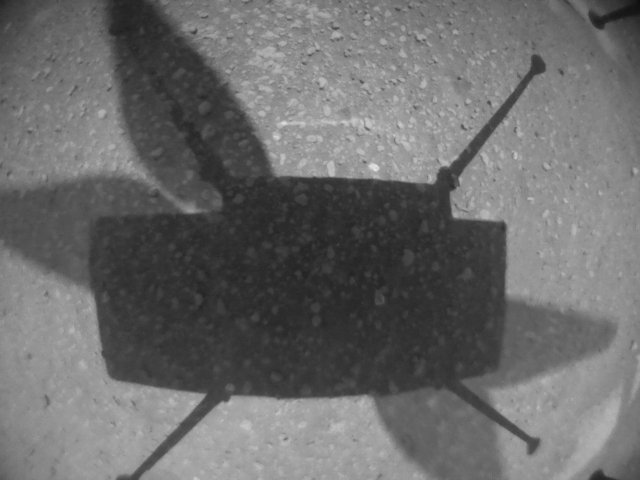
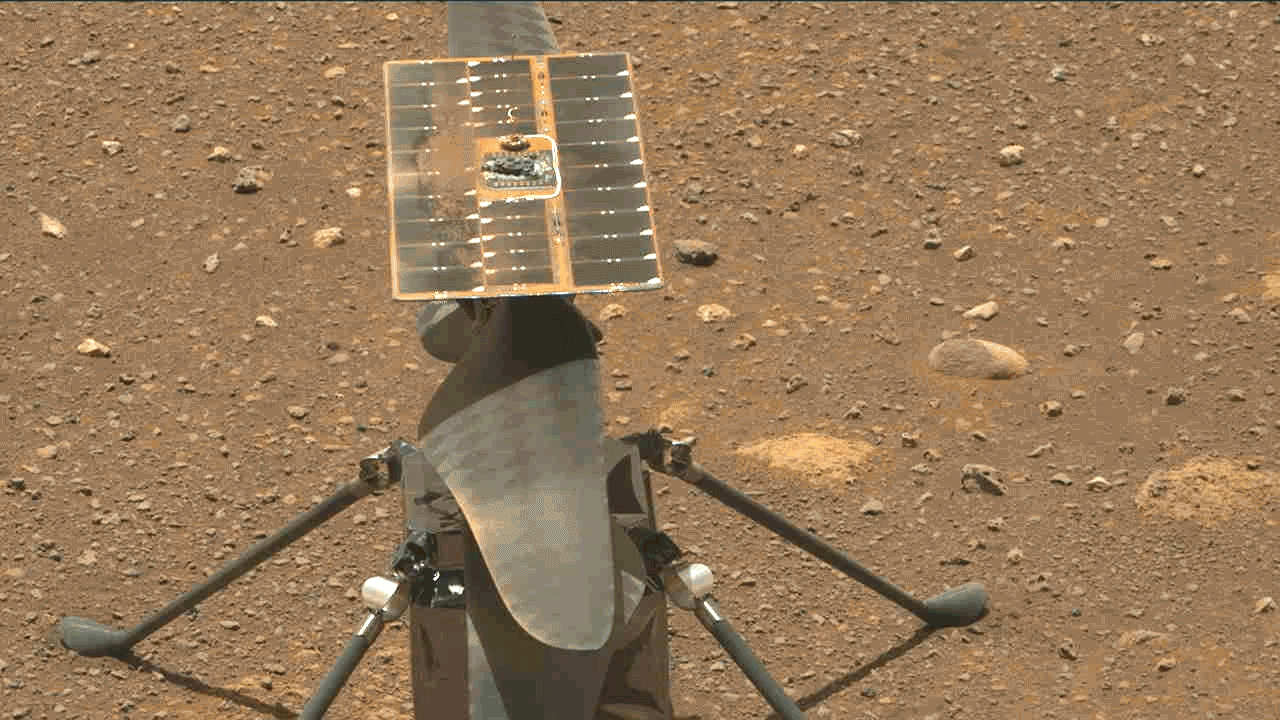
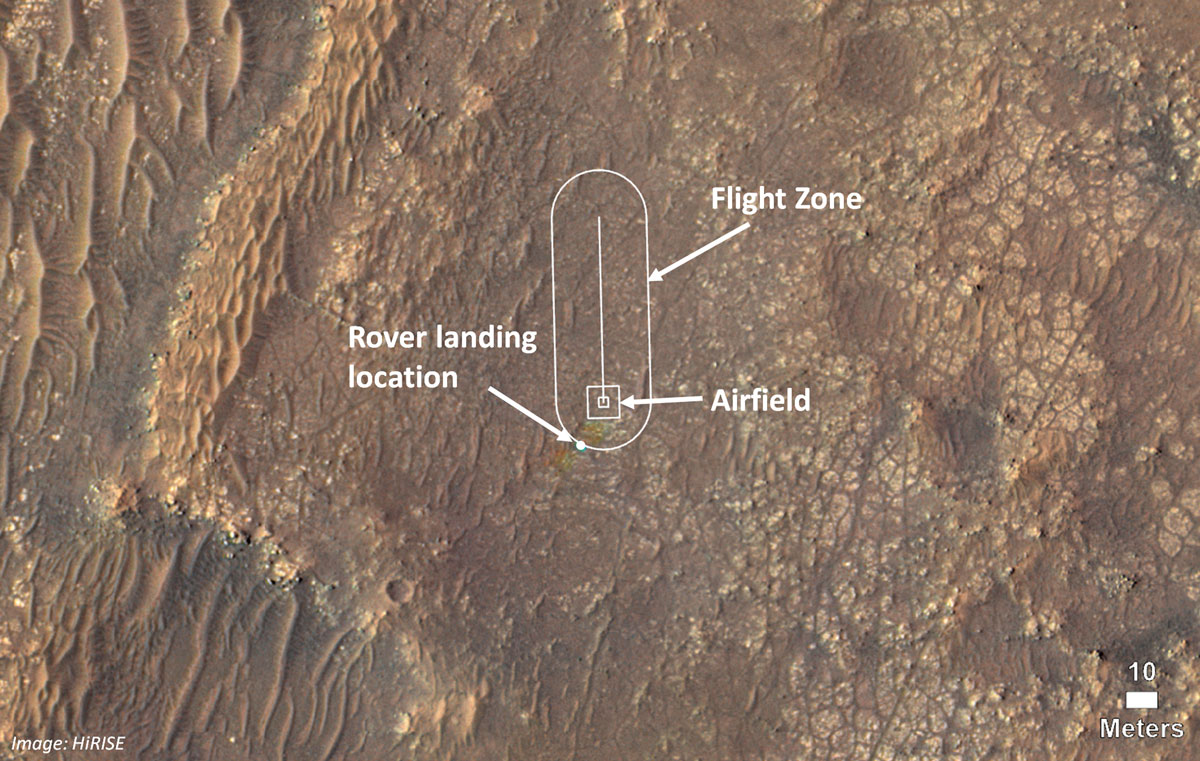
Ingenuity is a small drone-like rotorcraft, only 19.3 inches (49 centimeters) tall, and weighing 4 pounds (1.8 kg). It may not be big, but the mission serves as a technology demonstration for what could be another stage of Mars exploration, unique from all previous orbiters, landers and rovers.
Ingenuity is designed specifically to fly in the thin Martian atmosphere and lower gravity, with its two relatively large 4-foot-wide (1.2-meter-wide) rotor blades.
Not only was the flight itself a first, but Ingenuity contains unique components, as well as off-the-shelf-commercial parts, that were tested in deep space for the first time with this mission.
“We have been thinking for so long about having our Wright brothers moment on Mars, and here it is,” said MiMi Aung, project manager of the Ingenuity Mars Helicopter at JPL. “We will take a moment to celebrate our success and then take a cue from Orville and Wilbur regarding what to do next. History shows they got back to work – to learn as much as they could about their new aircraft – and so will we.”
The first test flight had originally been scheduled for April 11, but was delayed due to a command sequence issue identified on April 9.
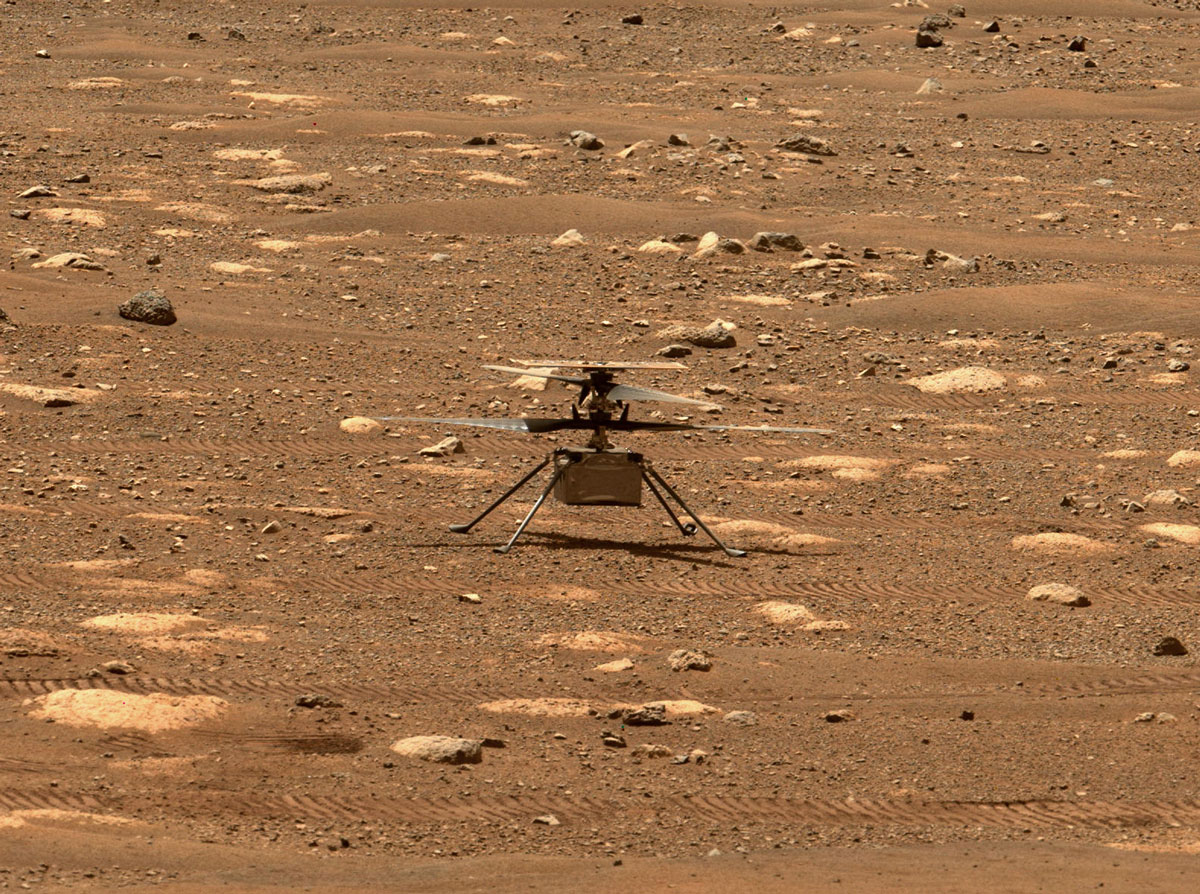
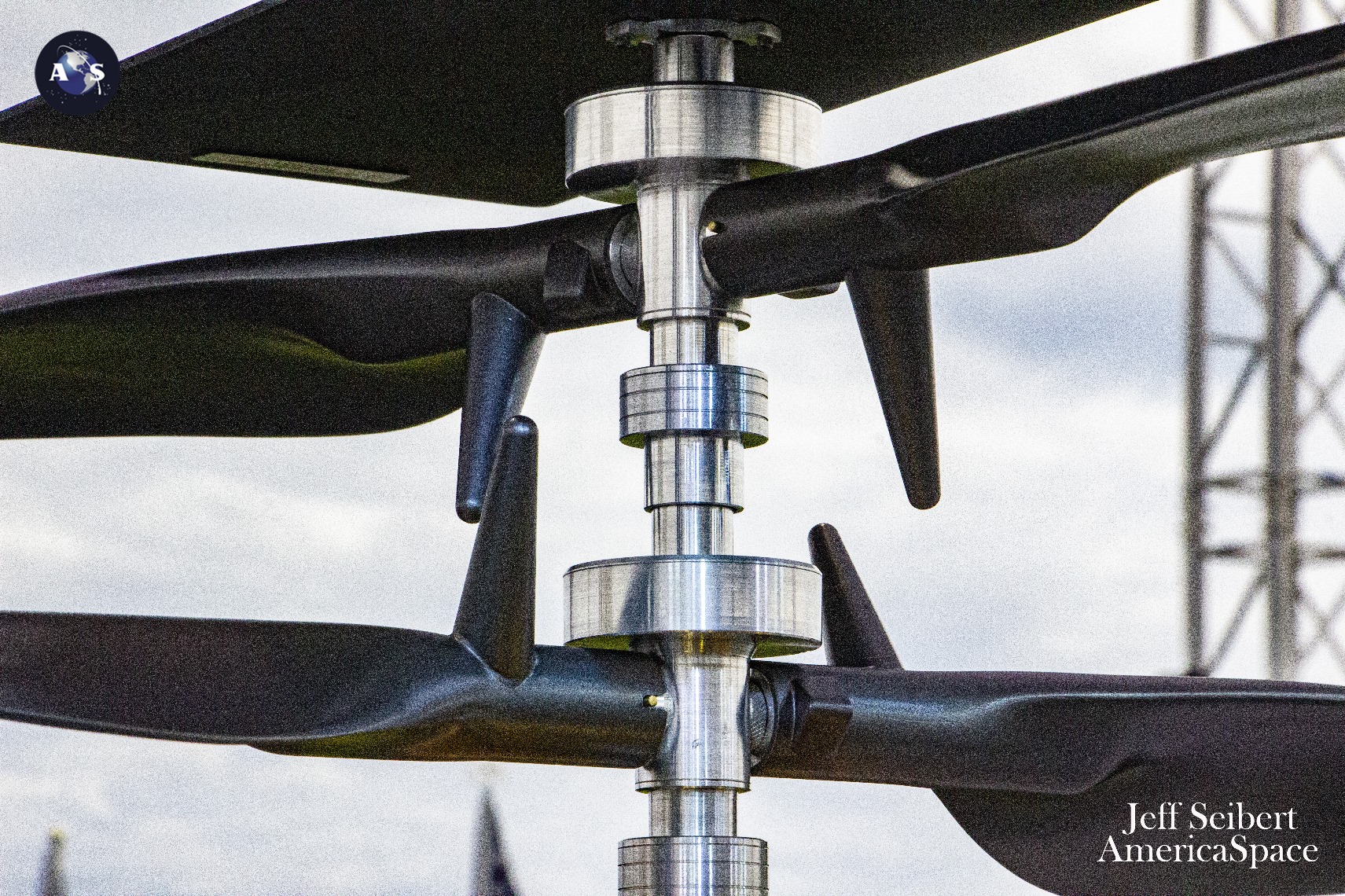
The software issue was related to the command sequence for a transition of the software and hardware to the flight state. Multiple possible solutions were tested, with the team deciding that minor modification and reinstallation of Ingenuity’s flight control software was the required course of action.
The fix involved modifying the process by which the two flight controllers boot up. This would allow both the software and hardware to safely transition to the flight state. The process was a bit slow, since the new flight software needed to be uploaded to the Perseverance rover, which then sent it to the base station, and finally, sent from the base station to the helicopter itself.
A high-speed spin-up test of Ingenuity’s rotor blades was also done before the actual test flight itself.
According to the mission team, it was not a difficult process, but did require a bit of time. Certain steps need to be accomplished first, including:
- Diagnose the issue and develop potential solutions
- Develop/validate and upload software
- Load flight software onto flight controllers
- Boot Ingenuity on new flight software
Perseverance, meanwhile, sat safely about 211 feet (64.3 meters) away at Van Zyl Overlook, watching Ingenuity. It captured the flight with its cameras and acted as a relay to send data from the helicopter back to Earth. Thos images should be available soon.
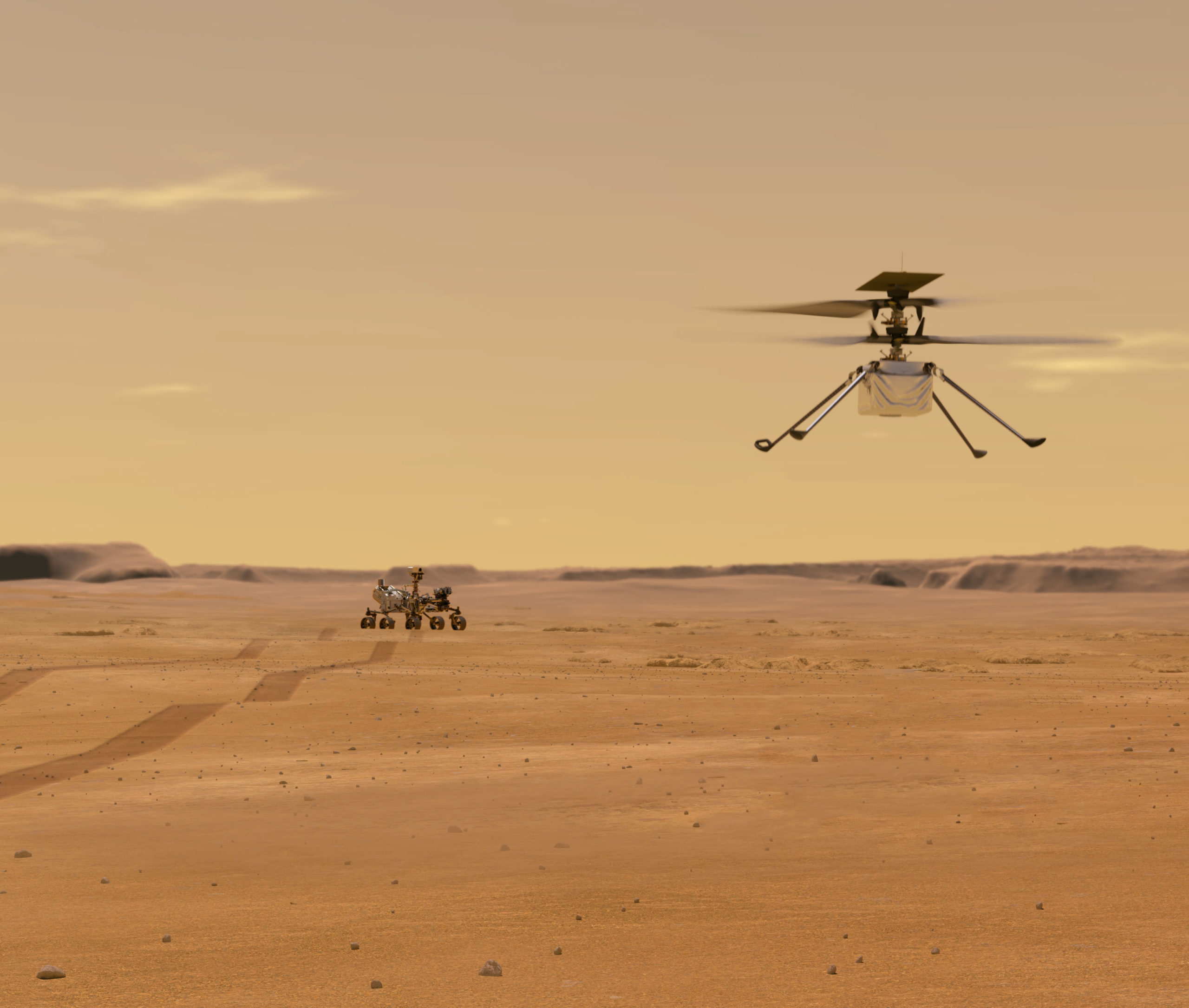
Ingenuity will act as a scout for the Perseverance rover, flying ahead and looking for features of interest for the rover to examine up-close.
Perseverance’s primary mission is to search for evidence of ancient microbial life on Mars. Jezero Crater, where it landed, used to be a lake a few billion years ago, and the rover landed near the edge of an old river delta inside the crater. It is the first mission since the Viking landers in the early 1980s to look for life itself rather than just evidence of past habitability.
The Perseverance rover, containing Ingenuity, was launched on July 30, 2020 onboard an Atlas V 541 rocket, from Cape Canaveral Air Force Station in Florida.
Stay tuned for more updates as they become available!
More information about Ingenuity is available here and here. You can read more about Perseverance on the mission website.




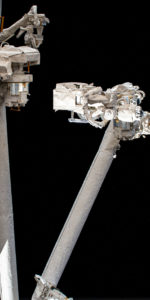

Ingenuity is the first step in a comprehensive strategy to explore not only Mars but the Jupiter/Saturn moon systems and perhaps Venus and Pluto. All, of course, well into the distant future but the technology demonstrated today validates the feasibility of such exploration. Congratulations to all!
Congratulations to the entire team and to mankind! Justified in saying it’s out of this world!!
May the next step establish what we’re really looking for on the planet. Good luck and happy hunting.
Ingenious! It Lived up to it’s name!